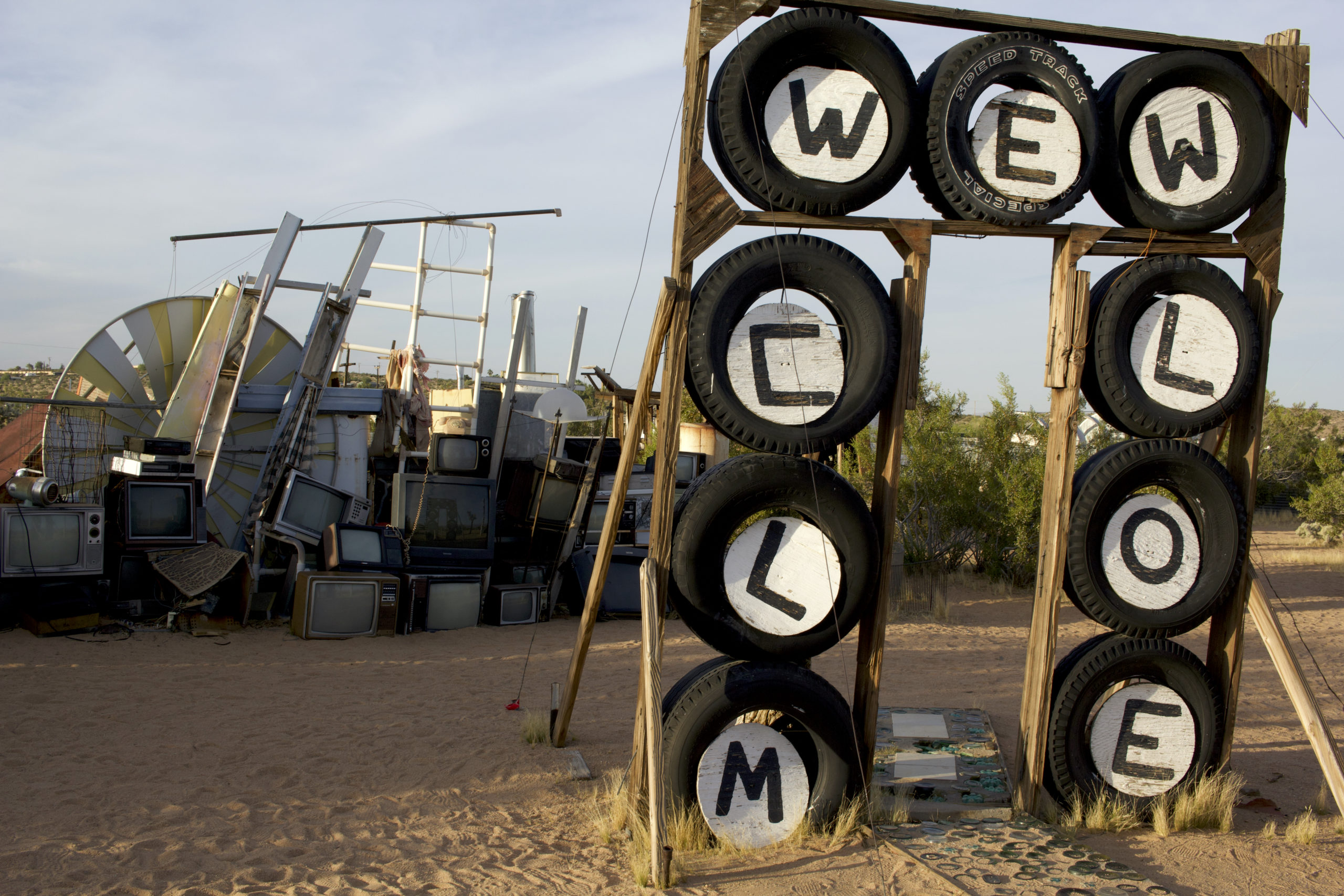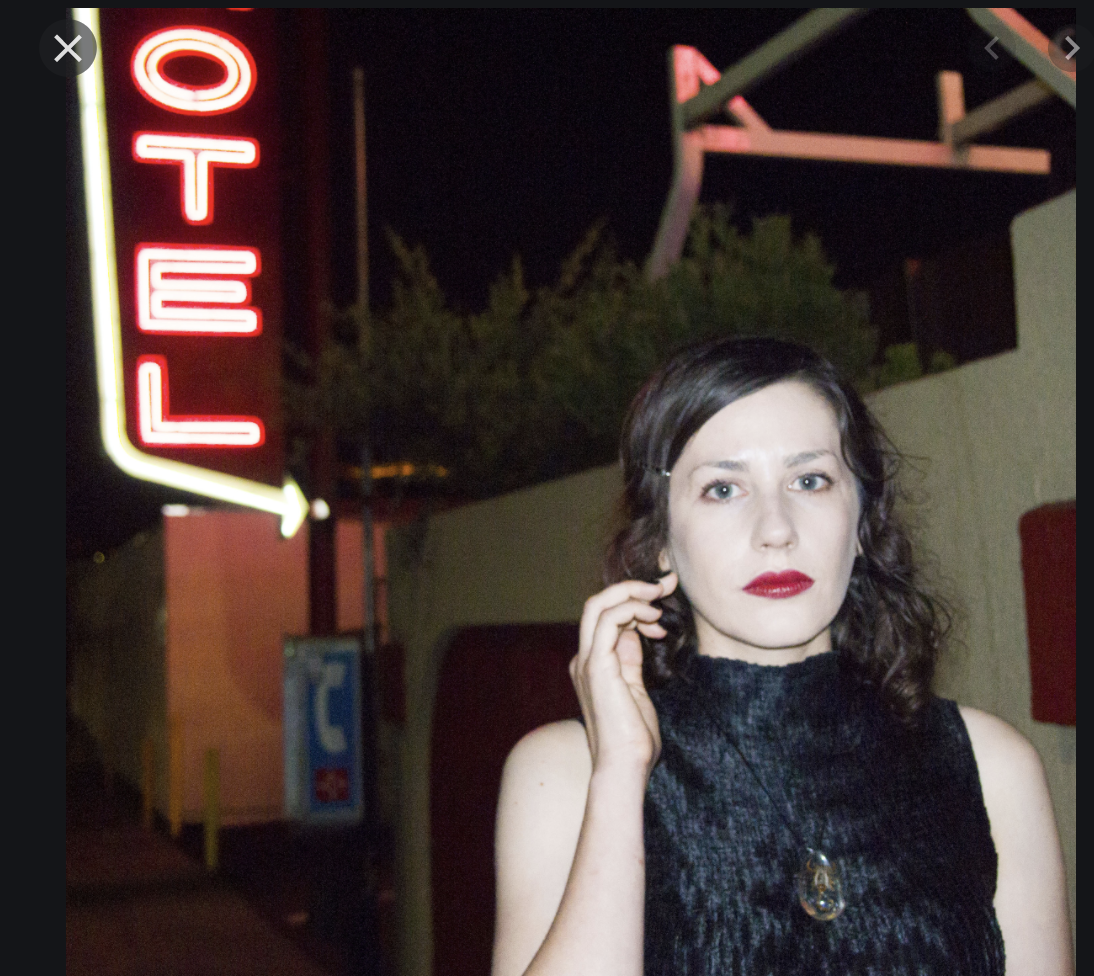I’ve always been perplexed by the existence of “rockstar” chefs, with their tattoos and their motorcycles, acting as though the ability to generate a perfect char on the flesh of an animal whose life force was unceremoniously snuffed out somehow elevates them to the status of an artist.
The job of any chef, after all, is to make something the human body turns into waste. They are shit merchants. But shit, at least, quickly decomposes. It’s one of our only creations that does.
When we abandon objects, it is usually in the service of new ones we impotently believe will fill the void within us without the need for pesky and uncomfortable reflection. Things only become trash when someone no longer wants them but someone, somewhere, always wants them. Someone out there wants you, even — even if you think you are trash, even if the world tells you you are trash.
I am a trash woman and I am happy, collecting and selling the detritus of those who are constantly unsatisfied with their station in life in order to sustain my own. Noah Purifoy was a trash artist and he was happy in spite of being a man whose worth was minimized at the time, born in Alabama in 1917 as the tenth of thirteen children of sharecroppers. He served his country in WWII and used his GI Bill benefits to get a master’s degree in social work, assisting others society had abandoned from birth before eventually traveling west to Los Angeles. He was the first Black full-time student at what is now CalArts, earning a BFA at the age of 39 — he applied with no portfolio but an overwhelming desire to be an artist. In 1964 he became the first director of the Watts Towers Arts Center, where he stood in 1965 as fires began to consume his community.
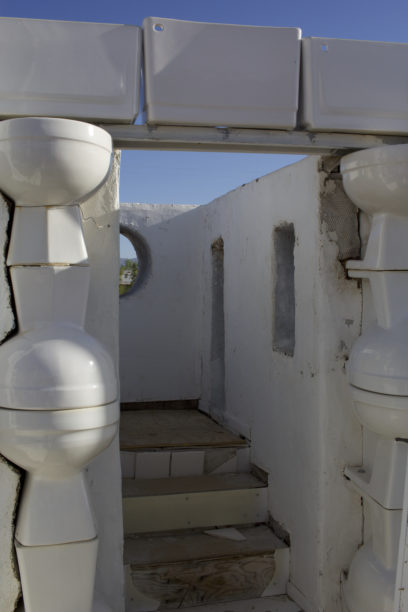
****
His earliest sculptural works were constructed from the scorched remains of the Watts Rebellion — metal melded with glass, collected in a wagon “while it was still smoldering.” Still suffused with the odor of smoke, he put them on display in a Watts junior high school along with pieces by five of his fellow collaborators. The exhibition, entitled 66 Signs of Neon, toured the country shortly thereafter.
“Before 66 Signs,” he told the Los Angeles Times, “I had a beret and all. I ate cheese and drank wine. But I wasn’t an artist yet until Watts. That made me an artist.”
For years he manufactured abstractions from whole cloth until he didn’t, content instead to help facilitate the works of others by sitting on the board of the California Arts Council — his greatest contribution during this time was the introduction of art to the state prison system. In 1989 he moved into a friend’s trailer in Joshua Tree with only his Social Security pension. “I wanted to do an earth piece,” he said. “And you can’t get that much land in Los Angeles to do an earth piece.”
There, he spent the last 15 years of his life on his grandest creation, covering 10 acres of land with over 100 beautiful, remarkable works constructed from cast aside remnants of civilization, culling material first from swap meets and then by donation. He didn’t care if the works outlived him, content to let them decay; he allowed the environment to decide what perished and what survived. The harshness of the desert made the work malleable.
Initially reticent to the idea of preserving these works, Purifoy begrudgingly allowed the formation of a foundation dedicated to doing so after a land commissioner threatened to bulldoze his pieces in 2000 (in response to the threat, he created “Three Witches,” a haunting trifecta of used clothing stapled to poles in order to “get rid of the bad spirits of the building inspectors”). Many of his creations are now held upright with wire; volunteers reconstruct sculptures when they collapse. There is, per his request, no fence surrounding this outdoor museum; there is no admission fee to view it. The sheer size of the work renders it impossible to sell or collect.
And yet, while made of trash, his earlier work is nevertheless monetizable. One of his Watts sculptures once appraised for $125,000 on Antiques Roadshow (“I don’t have a stick of fine art insurance on this,” the aghast owner said upon hearing said appraisal. “Not one dollar”).
“Some African Americans are still doing protest art because it sells well,” Noah told Karen Anne Mason late in his life. “But those who buy it are only trying to subdue their own guilt.” Throughout his career, Noah pushed back, refusing to be pigeonholed and tokenized as a Black artist. He loathed the politicking and privilege of the art world, which has only become more exclusive and capitalistic since his passing.
He was proof that you do not need money for fulfillment; that you do not need external validation to be real.
“Art as an escape from the world, that’s wrong,” he once said. “But escape is what most people want. Art should be a confrontation with a ‘me’ that is always in need of improving.”
He never ceased working, despite a broken hip and myriad medical problems. He died in a house fire at the age of 86, found on the floor next to his wheelchair. It’s said he may have fallen asleep while smoking.
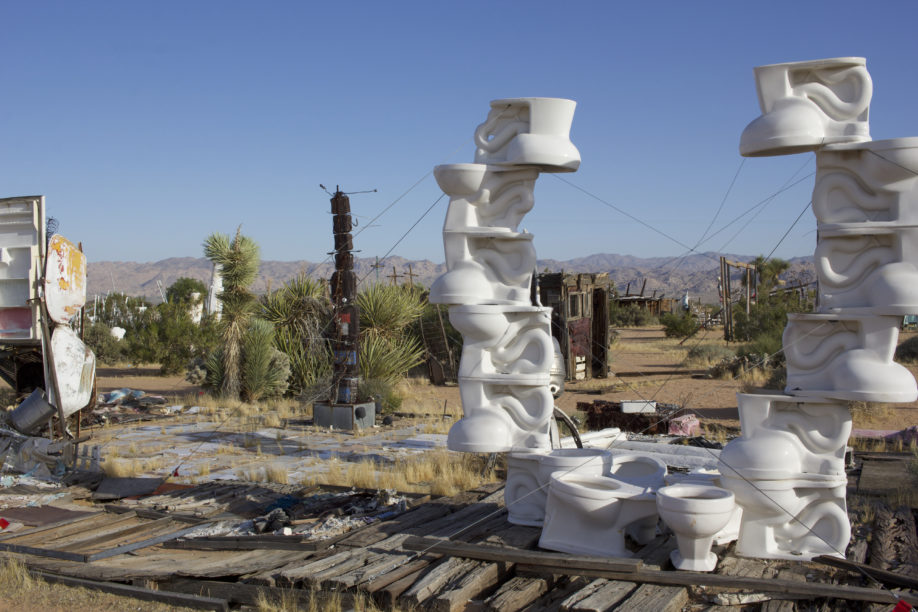
****
I recently read an article about how a man started an enormous forest fire because he was trying to burn the body of a woman he murdered; a true comedy of errors. This happened in Northern California, of course, where the land, despite the drought, is more fertile and therefore more accommodating to such things.
But if you set fire to the desert it cannot spread, it isolates. In much the same way it cannot foster life, it cannot foster immediate destruction. It can kill you, yes, but whoever comes across your corpse will know you once existed.
To me, the beauty of the desert is the same thing that terrifies many. When you abandon something there it is eroded by ceaseless sand and wind but its particles are ever present, rejected by the soil. People retreat to the California desert because they want to spread out, to acquire; people go there because they don’t want to be accessed while living but want to prove they did so after their bodies abandon this mortal coil. The land that surrounds Joshua Tree National Park is littered with proof of life, rusted cars and gutted homestead cabins.
But if you drive into the park itself and pull onto the side of the road and sit on top of your car and wait for your eyes to adjust you will find yourself on a film set, replete with vacuous silence and static landscape uncorrupted by man.
You will talk with the person you brought to this place about how life isn’t necessarily sacred, it just is, for the time being, anyway, and that is fine. You’ll see a plane pierce the stars above and think about how someone, at least one person, in that floating tube defying the natural order of things is upset to be there. You will think about how hubris is man’s folly and trash is man’s greatest creation. You will think about how Noah Purfroy didn’t care if you remembered him, he only cared to construct a world of what people thought they no longer needed, and you will love him for it.
“Why do people go to the artist and want to know why he did something?” he once asked. “They can’t understand the work. Sometimes they get an answer, sometimes they don’t. Now, the reason they go away dissatisfied, if that be the case, is that they have not explored life to the extent whereby, whatever you conclude behind observing the work is probably okay with the artist. You don’t have to go to the artist for any reason…they go to the artist because they want something they don’t otherwise get from the work. Outstanding reason is, I don’t understand the work, and I want to hear from the horse’s mouth what the hell it means. And oftentimes, when you hear from the horse’s mouth, you’re still not satisfied, because you still have disturbing feelings. Now, what the artist ought to have the intelligence to know and say directly, ‘You’ve gotta get your shit together, because mine is together. You see it evident right there. Now you get your shit together…I am a liaison between you and the world you live in.’”
Your trash was his art. Does it say something? Does it say nothing? Does it matter?
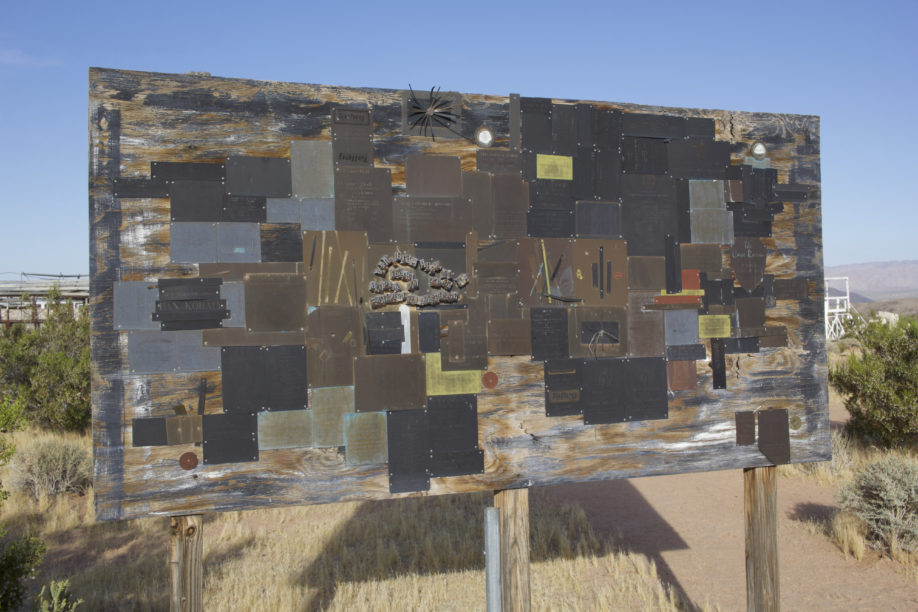
Does anything?

